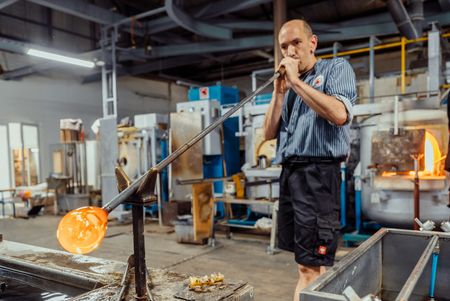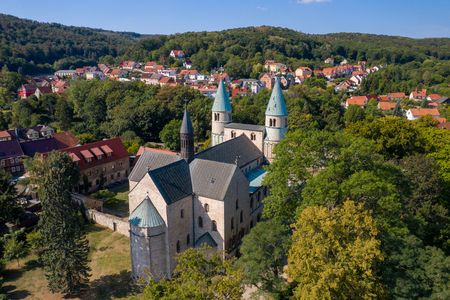A legacy of superlatives was the foundation of the UNESCO World Heritage Convention on the 16th November 1972.
Over 900 cultural and natural heritage sites around the world are listed as places of "exceptional importance" and have become part of the "heritage of all mankind." The Convention is a global declaration of peace, whose main objectives are to maintain the tradition of protecting and securing prominent places in the history of mankind and the world. To date more than 187 countries have accepted this agreement.
UNESCO World Heritage cultural sites are only admitted when they meet the criteria as "masterpieces of human creativity", "unique", "authentic" and off "outstanding universal value." It speaks off the Harz that three exceptional World Heritage Sites can be found within these mountains.
They exemplify the different facets of this amazing region: romantic little towns, mysterious mines, spiritual places and legendary mountains. Use the navigation on the left; to discover more comprehensive information about these three World Heritage Sites. In addition, three Harz customs or traditions are part of the intangible cultural heritage of humanity, all of which can be experienced at events or when visiting the facility.




